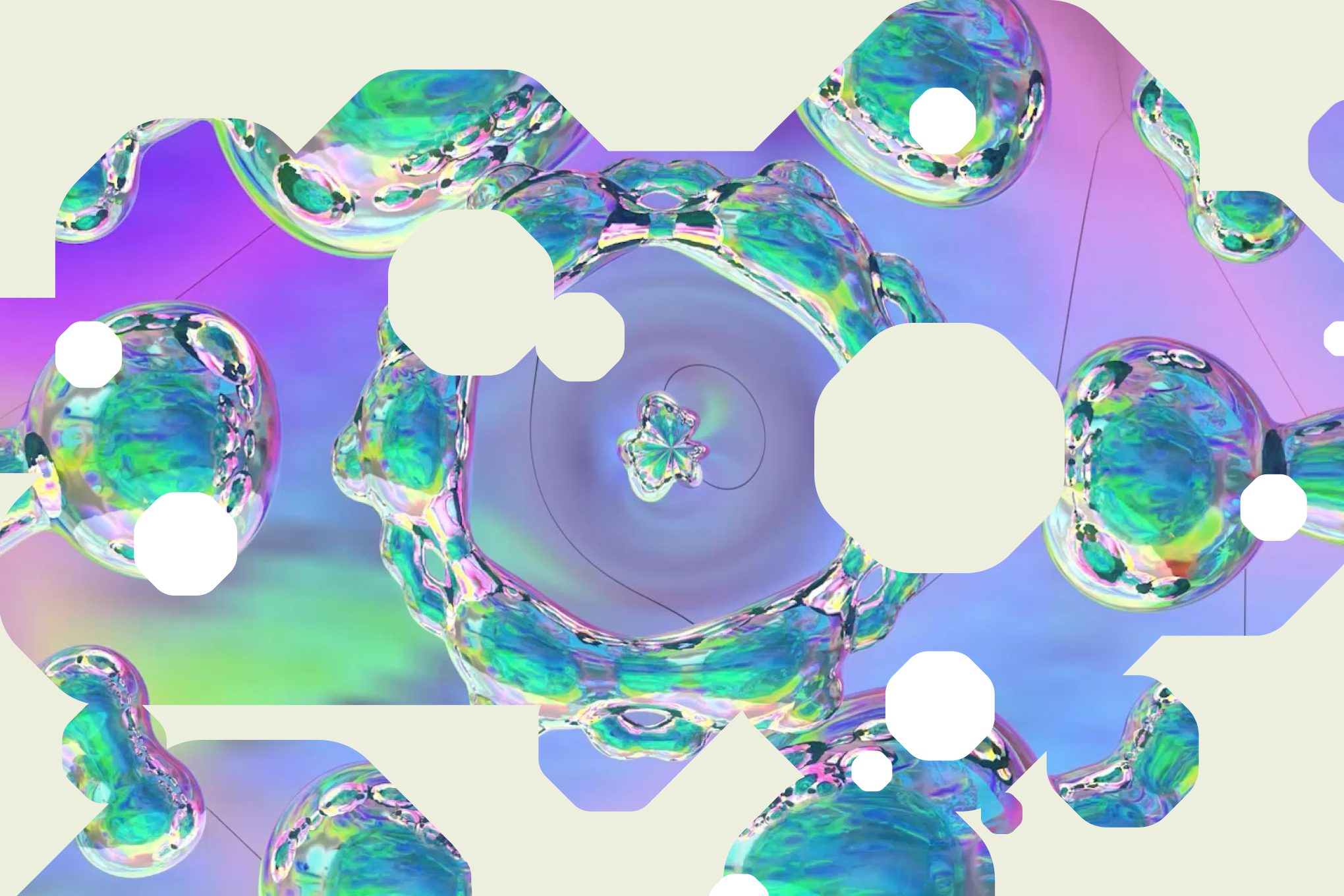
trans women are building their own publishing Trans women are increasingly carving out their own space in the publishing industry, but this burgeoning community faces significant threats from external forces.
trans women are building their own publishing
The Publishing Landscape for Trans Women
For years, trans women have been depicted in media as either monstrous threats or pitiable curiosities, often sidelined in the very narratives that concern them. This marginalization extends into the publishing world, where trans women have frequently found themselves excluded as both authors and readers. The traditional publishing industry tends to homogenize queer experiences, catering primarily to a cisheterosexual audience. According to the Lee & Low Diversity Baseline Survey 3.0, over two-thirds of the industry’s workforce consists of cisheterosexual white women, while fewer than 1 percent identify as transgender.
“Our stories simply don’t get published,” states M Zakharuk, a fellow author of lesbian fiction, reflecting on her discussions with acquiring editors. She notes a common pattern where high-quality lesbian and transfeminine manuscripts are subjected to a cycle of “revise and resubmit,” often leading authors to abandon their work out of frustration. This pattern is exacerbated by the broader societal challenges that trans women face, including high rates of unemployment, poverty, and familial disownment.
Self-Publishing as a Solution
In response to these institutional barriers, many trans women have turned to self-publishing as a viable alternative. Online marketplaces have simplified the process of making manuscripts available for sale, with print-on-demand services allowing authors to sell physical copies. Additionally, platforms like Scribble Hub and Archive of Our Own (AO3) have created spaces where authors can easily connect with their audiences.
Alyson Greaves, author of the transfeminine cult hit The Sisters of Dorley, emphasizes the importance of cultivating an engaged online audience. “My first audience was in fandom,” Greaves explains. “When I started publishing original fiction to ArchiveOfOurOwn, much of my fandom audience followed me and started to spread my fiction to their friends.” This grassroots marketing approach has been crucial for her success, allowing her to bypass traditional publishing hurdles.
Exploring Unique Narratives
The Sisters of Dorley is categorized as “dark academia” and revolves around a secret organization that kidnaps “troubled young men” and forcibly transitions them in a torture dungeon. Greaves uses this satirical premise to explore aspects of transfeminine culture that are often overlooked. The narrative not only critiques the inadequate transition care provided by institutions like Britain’s NHS but also delves into the psychological toll of living in a society that often views trans women as either fetishized or monstrous.
Callisto Khan, a desi trans lesbian with experience in acquisition teams, echoes similar sentiments about the traditional publishing landscape. “Even if they are open to transness, getting it past an acquisitions team requires really basic things,” she notes. “I’d have to try to find a comp (a comparable book) that represents a reasonable expectation of sales for the new book. This is basically impossible to do with queer books in general, as there aren’t enough of them in the market.”
Community and Collaboration
Khan’s debut novel, The Zeus Constant, exists within the fictional universe of Gunmetal Olympus, a collaborative space created by other self-published queer authors. This community-driven approach highlights the importance of audience participation and collective effort in the self-publishing realm. Khan’s work has been well-received, leading to her official involvement in the Gunmetal Olympus writing team for an upcoming installment, The Persephone Effect.
Gunmetal Olympus is a unique blend of feminist Greek myth retellings and mecha genres, featuring an all-lesbian pantheon. The first book, The Hades Calculus, reimagines the myth of Demeter and Persephone, granting Persephone agency that is often stripped away in modern retellings. “Oddly, a lot of Greek retellings these days somehow give their female characters less agency than Ovid did,” Khan remarks, critiquing the superficiality of many contemporary feminist narratives.
Diverse Voices in Self-Publishing
Self-publishing offers a lower barrier to entry, particularly for non-Western queer authors like Khan and Zakharuk, who often struggle to find their stories represented in mainstream literature. Zakharuk’s novel, Imago, is a dystopian gothic tale set in an authoritarian society grappling with misunderstood magic. The characters, both nonbinary transmasculine lesbians, navigate a world filled with grisly murders and body horror.
Zakharuk, who identifies as queer and Ukrainian, draws from a literary tradition that remains largely obscure in the West. She critiques the insularity of Western narratives, which often fail to recognize the complexities of identities outside their cultural context. “There is an insularity to Western stories—queer or not—that I find emblematic of things created from within empire,” she explains. “It can be frustrating as someone outside of this cultural context to have your entire existence reduced to less than an afterthought.”
The Challenges of Self-Publishing
Despite the advantages of self-publishing, the path to success is fraught with challenges. Many physical bookstores do not typically stock self-published books, leaving authors to handle much of the promotional work themselves. This includes securing covers, finding reviewers, and managing self-promotion. Unlike traditional publishing, there are no advances to mitigate financial risks.
<p“There’s often a degree of labor exchange between authors, including when it comes to editing,” Zakharuk notes. While hiring a freelance editor is an option, it is often financially unfeasible for many authors. Most view it as an investment, hoping for a breakout success or aiming to improve their skills over time.
Zakharuk collaborates with a primary transfeminine writing collective, despite not being a trans woman herself. She observes that even within self-publishing circles, trans women often face insularity and hostility. “I’ve observed that transfem authors are markedly absent from even most self-pub communities,” she states. “It’s something that is treated as if it’s accidental, even though it’s obviously a replication of the same tendency that exists in all of publishing.”
Commercial Viability and Reader Engagement
Commercial viability is a pressing concern for self-published authors. Many, including Greaves, have opted for a serialized model, releasing their works chapter-by-chapter to paid subscribers on platforms like Patreon. While this can provide a steady income, it also places authors at the mercy of reader goodwill and word-of-mouth marketing.
Greaves’ early audience was instrumental in her success. “They didn’t just comment on my work; they followed me on social media, too, reblogging and retweeting and helping to grow my audience outside the fiction sites of AO3 and ScribbleHub,” she explains. This grassroots approach allowed her to avoid traditional advertising costs and build a sustainable income.
The Threat of Censorship
However, even this newfound freedom is precarious. Authors remain subject to the whims of the companies that own the platforms where their work is sold and marketed. This situation leaves trans and queer creators vulnerable to censorship without accountability. Dr. Michael Ann DeVito, a professor and trans woman, has studied how content moderation policies disproportionately affect marginalized creators, particularly trans women.
<p“There’s a solid body of research that has demonstrated, over and over again, that marginalized folks like trans women face far harsher moderation and censorship than most users across pretty much every major platform,” DeVito explains. This hostile environment forces trans women, often excluded from the formal economy, to rely on platforms that can arbitrarily destroy their livelihoods.
“The choice for trans women that need social media for visibility is stark: you either deal with the constant, traumatizing abuse, or you abandon all the work you’ve done,” DeVito concludes.
The Political Climate and Its Implications
The current political climate poses additional challenges for trans women creators. Conservative narratives often frame trans existence as “sexual” or “obscene,” leading to attempts to legally restrict trans visibility. Recent escalations in the U.S. and U.K. have seen payment processors compelling platforms like Steam and Itch.io to censor queer content, including self-published transfeminine books.
This effort to control the narrative surrounding marginalized populations aims to undermine their ability to organize and advocate for themselves. While trans women creators did not choose to engage in this anti-trans backlash, the urgency of their voices has never been more critical. The obstacles they face are daunting, yet the resilience and creativity within this community continue to shine through.
Source: Original report
Was this helpful?
Last Modified: October 16, 2025 at 6:41 pm
3 views















